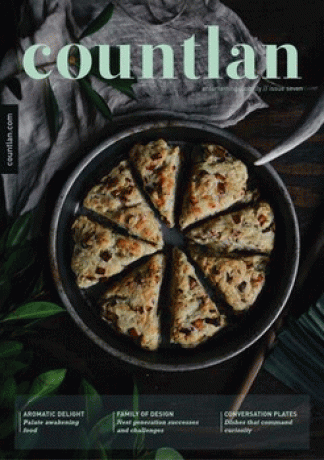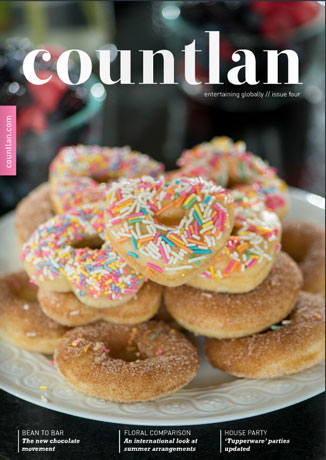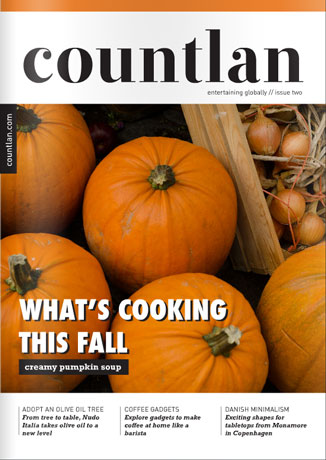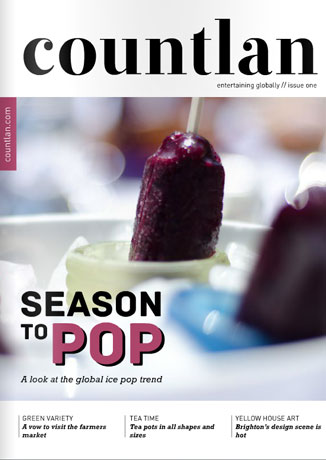Sloes and Elderflowers Part 1
Let’s recap a recent conversation that I had with friends in London.
It went something like this:
Friend: “What would you like to drink?”
Me: “What are you having?”
Friend: “I’m going to have sloe gin”
Me: “Slow what?”
Friend: “Sloe gin”
Me: “What is slow gin? I have never heard of this before. Is it British? How do you spell the word- S-L-O-W?”
Friend: “What! You’ve never heard of sloe gin? It’s made from sloe berries. They grow on bushes. It’s spelled S-L-O-E.”
Me: I see.
One thing I love about travelling is all the cool tid-bits of information you learn from having conversations about random things. On this particularly well timed trip to London, I learned about three British beverages: Sloe gin, elderflower cordial and cider.

Photo Sources: 01 Sloe Gin Bottle, 02 Making Sloe Gin , 03 Sloes on the bush , 04 Sloes
01 Sloe Gin
Origin: Sloe Gin is the name of a traditional British infused liquor. It is typically a winter drink as it takes time (a month or two) for the first-frost sloe berries to mix with the sugar and infuse the gin. In actuality, the longer you let the ingredients sit, the better the result. Being the diligent researcher that I am, I learned that variations of sloe gin are also home-brewed by other countries/regions such as in Northern Spain (Pacharan/Patxaran), France (Epine), and Italy (Bargnolino).
Blackthorn: (Prunus Spinosa) The name of the shrub/hedge/bush where sloes grow.
Harvest: Sloes ripen in October and November. They are picked off the blackthorn bush after the first frost.
Ingredients: Sloe Gin is made from sloes, sugar and gin (sometimes vodka).
Sloe Gin Recipe:
Nigel Slater’s Classic Sloe Gin Recipe from the Guardian
Application: Sloe Gin makes a nice pre-dinner cocktail. It gives a pinky-tone to a drink.
Photo Source: Sloe Gin Fizz Gourmet Magazine July 1961
Note: Sloes are not eaten raw as they are quite bitter on their own but they can also be used to make jams and pies.








[…] Last week I shared a conversation with you about sloes. Apparently this Canadian missed the class on classic British beverages. Thankfully my two friends in London gave me a quick crash course. Part one: Sloes. Part two: Elderflowers […]